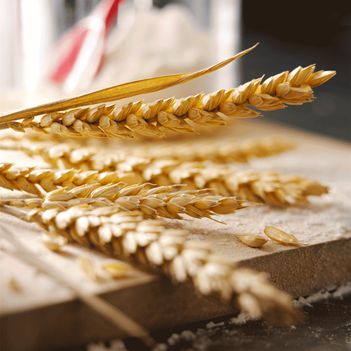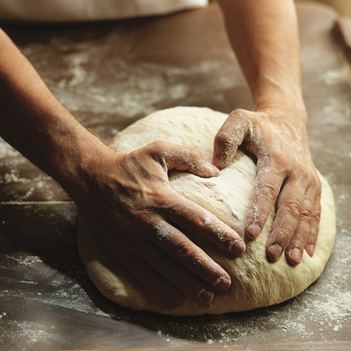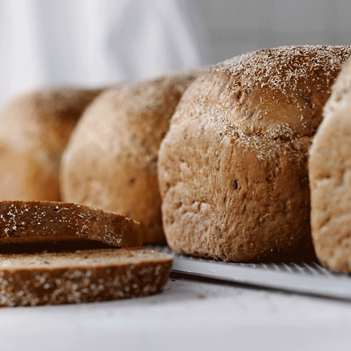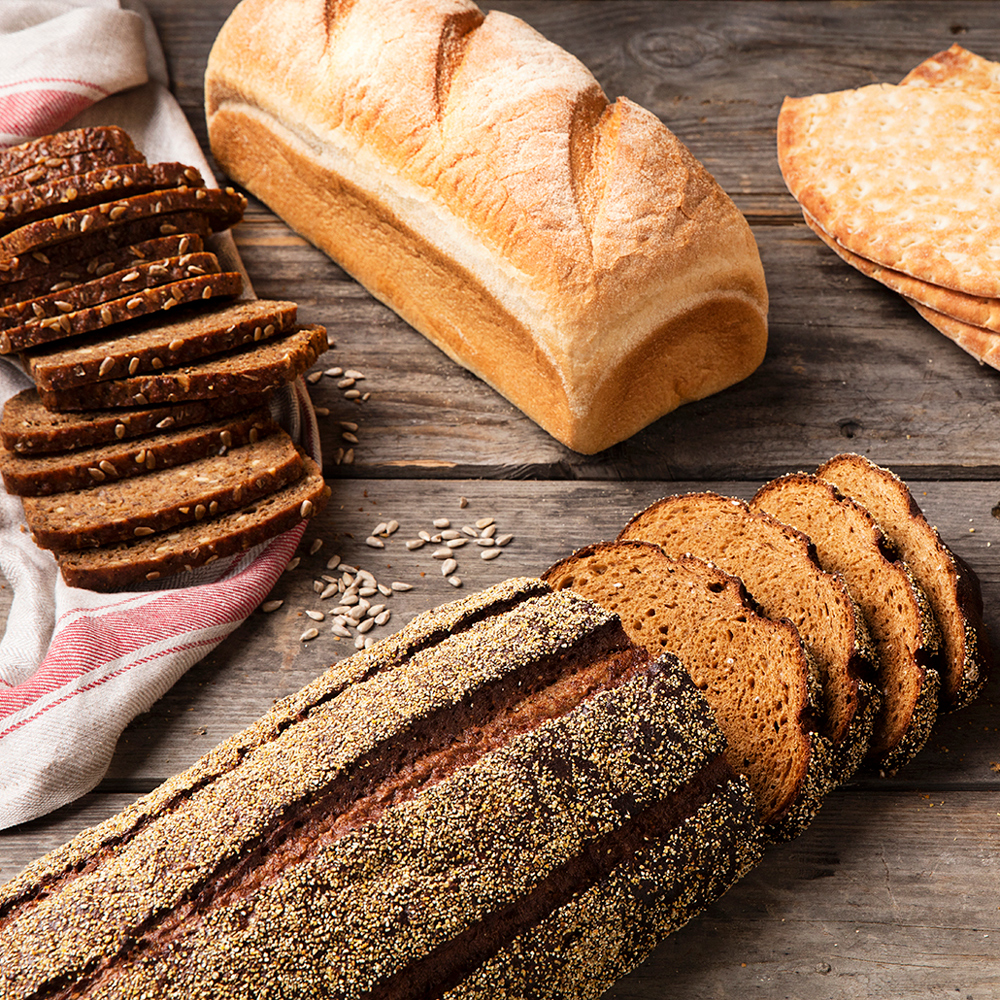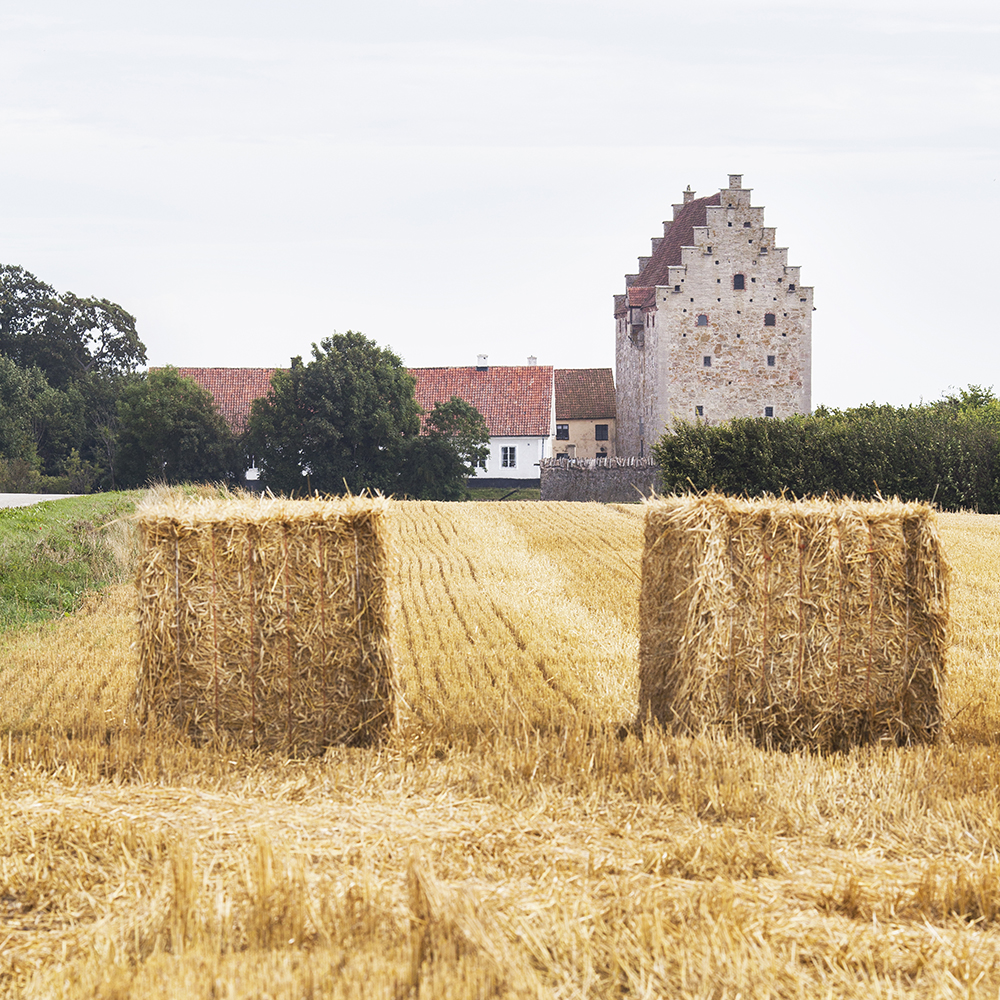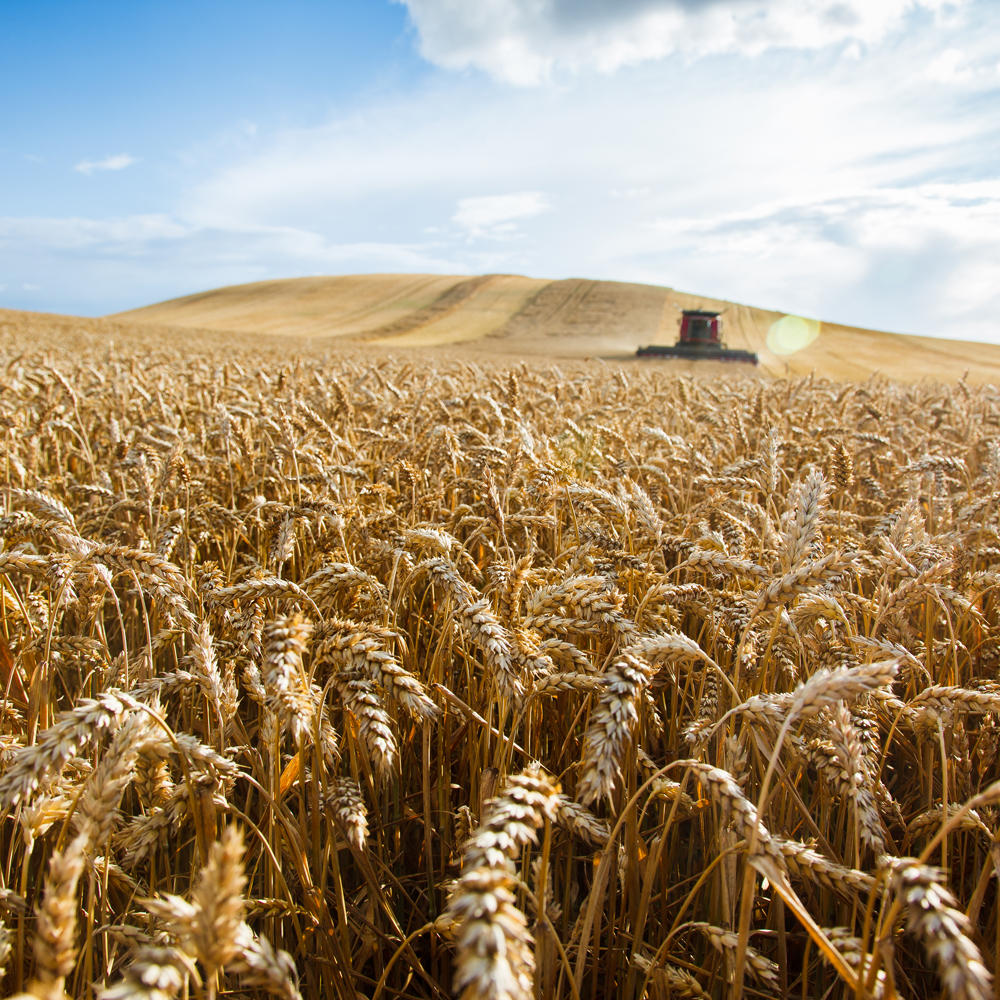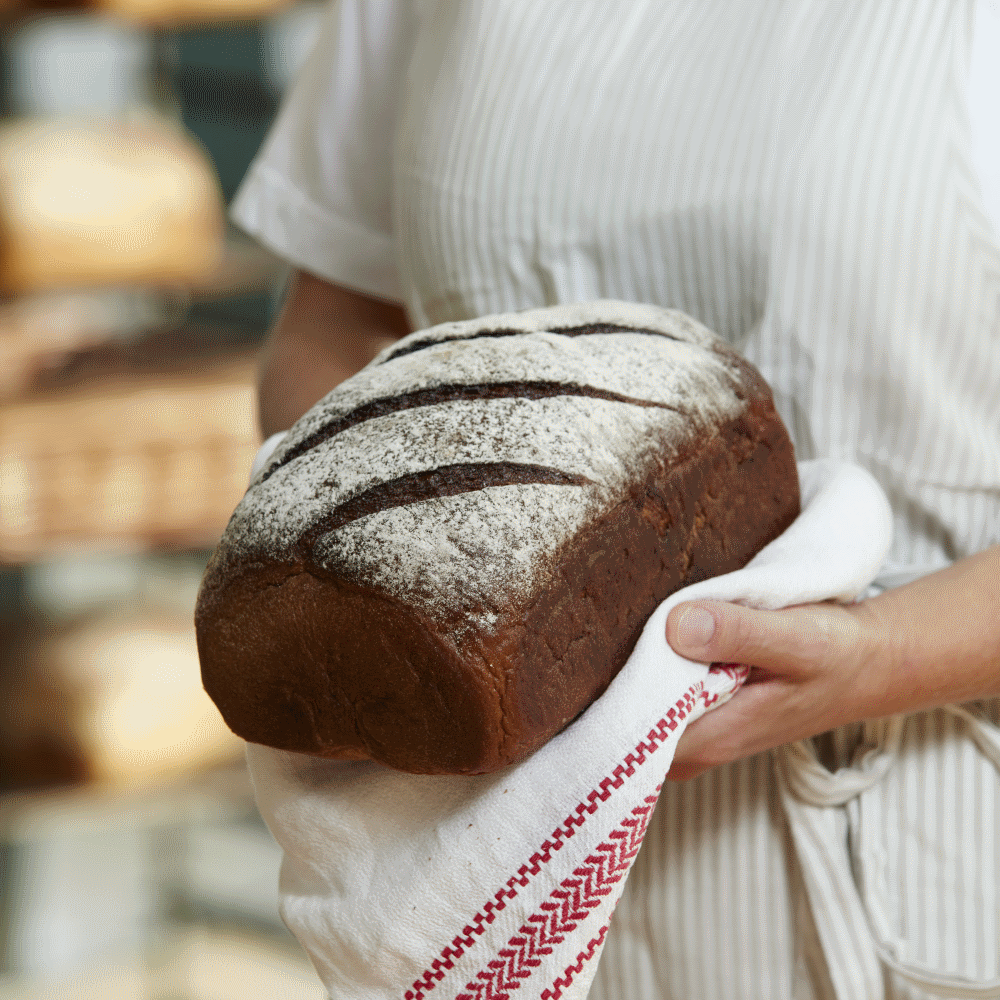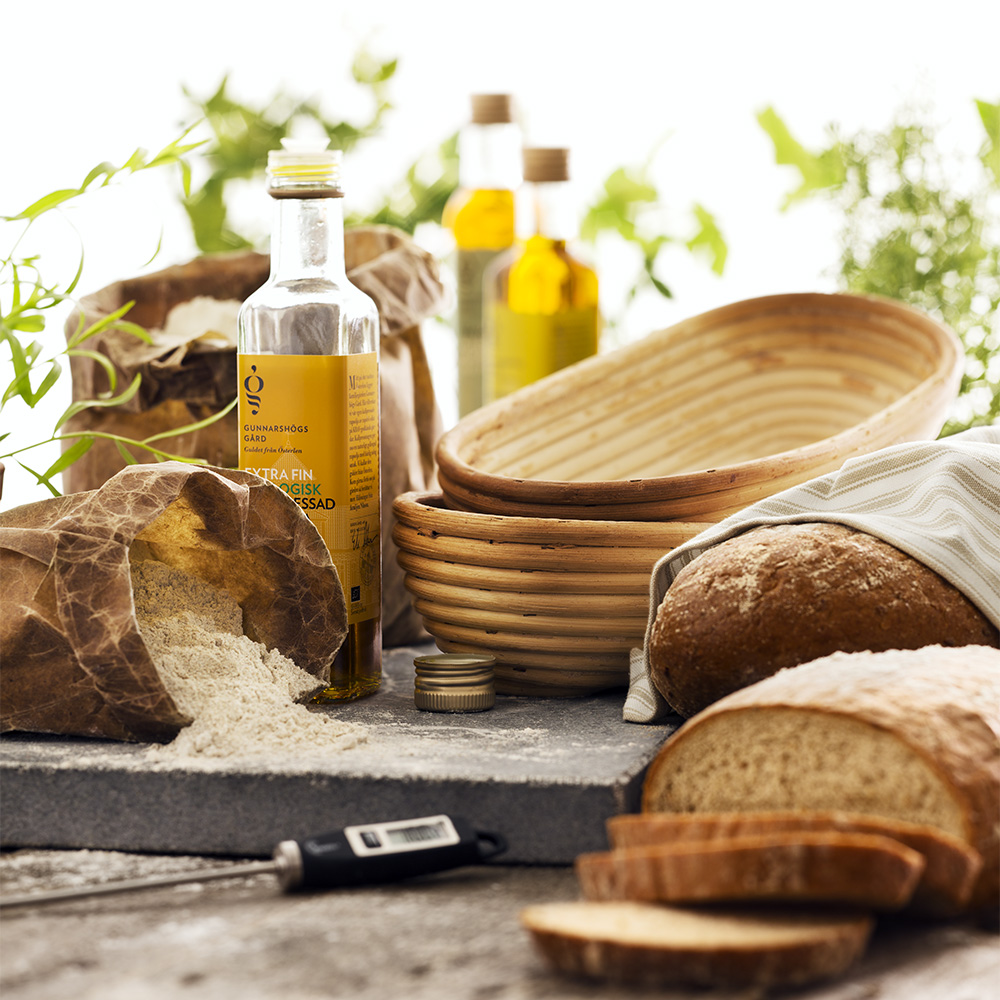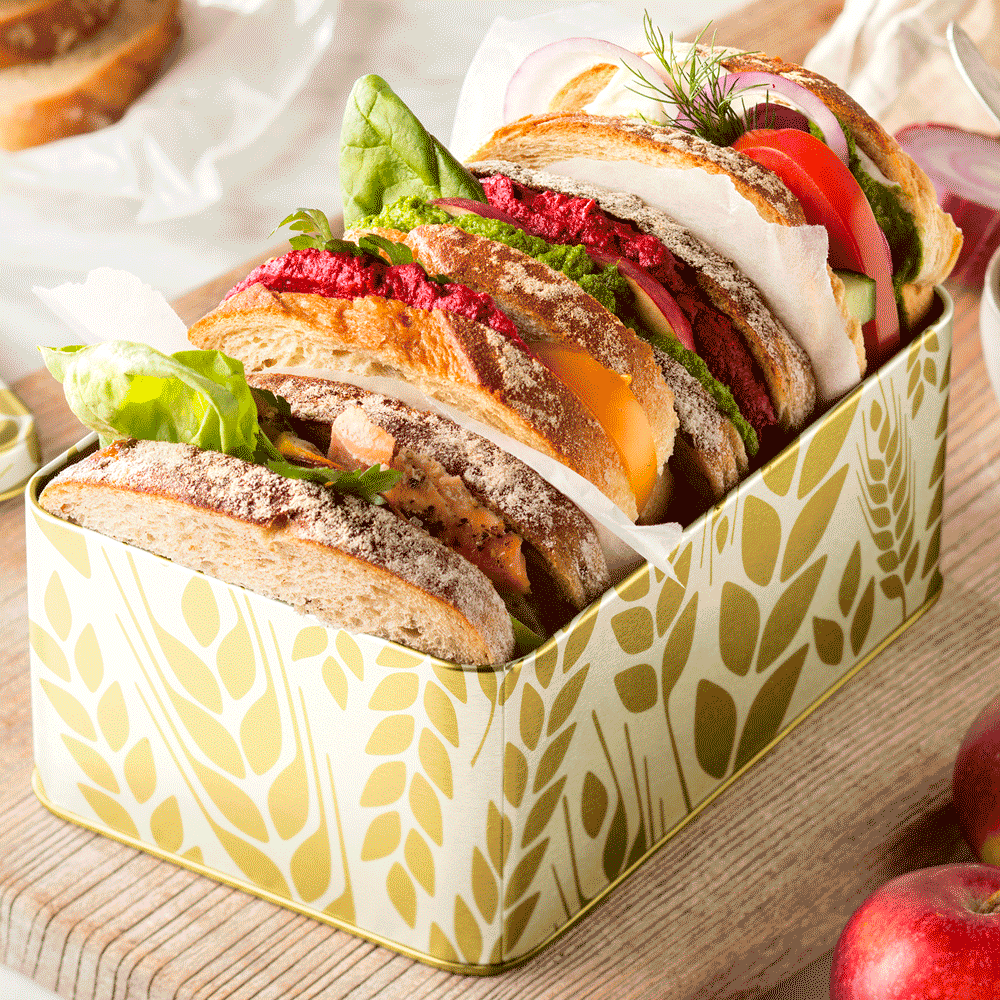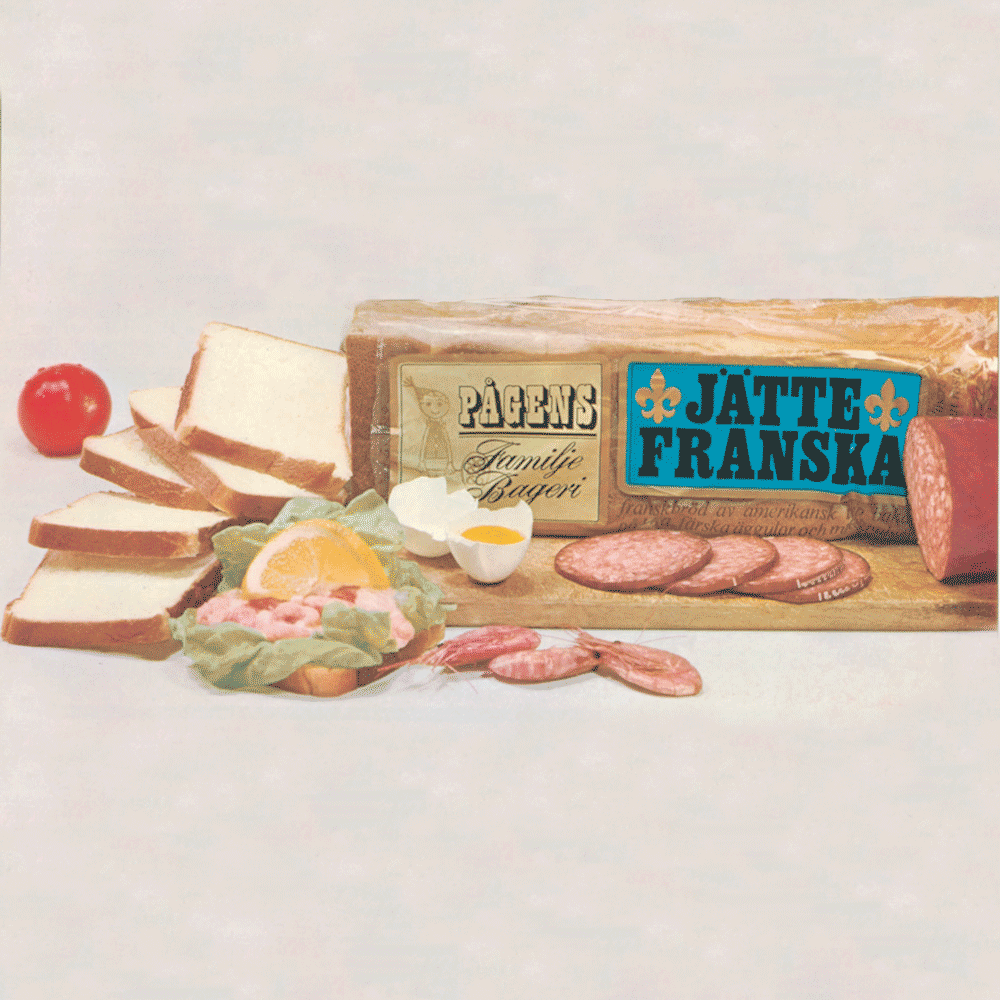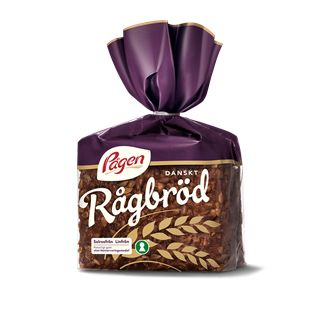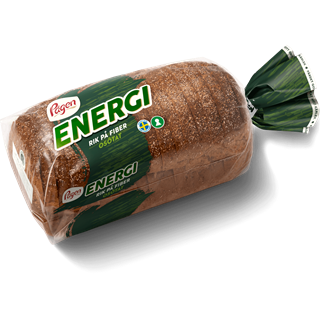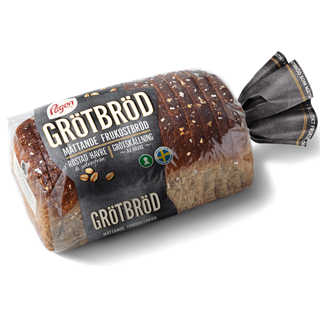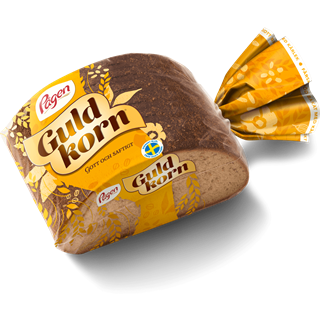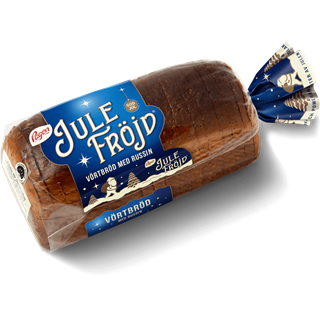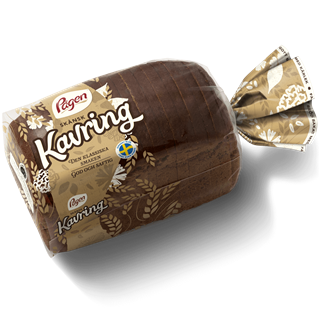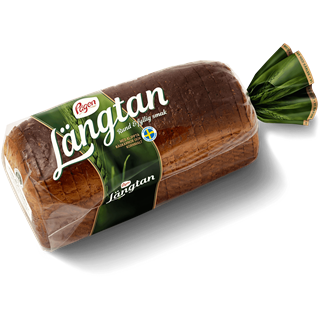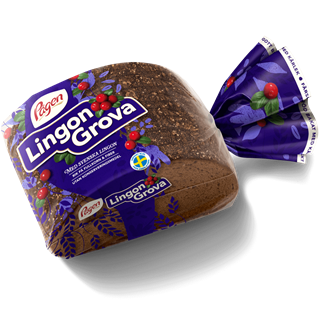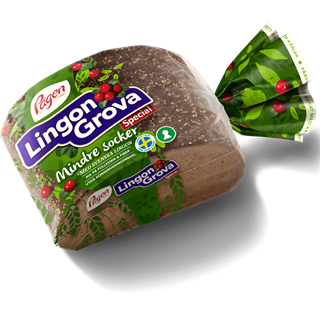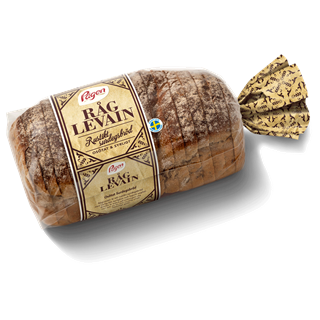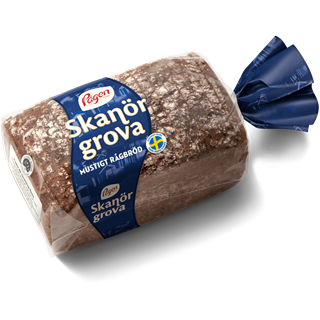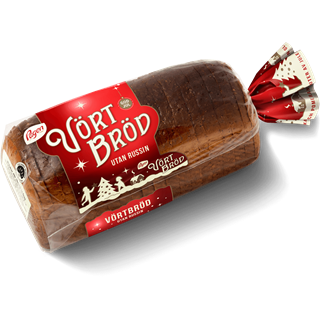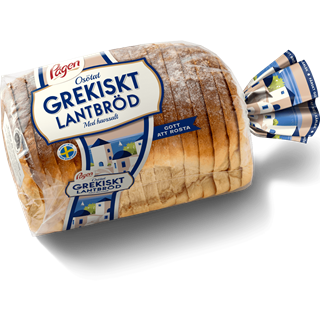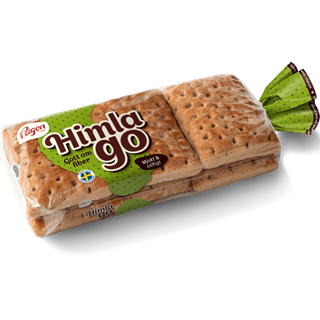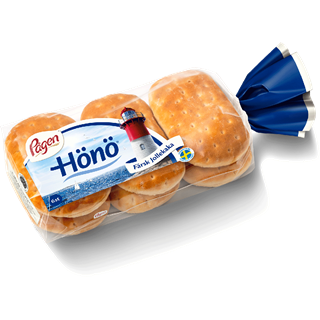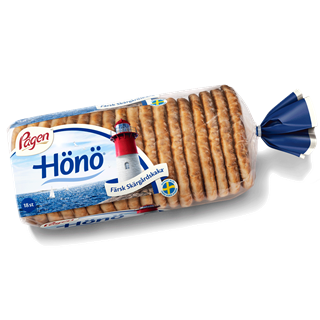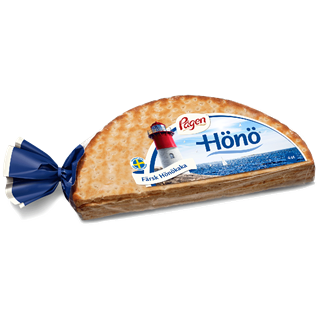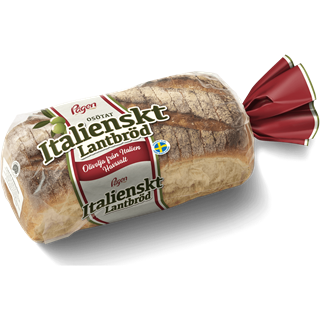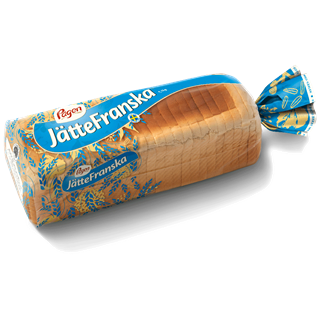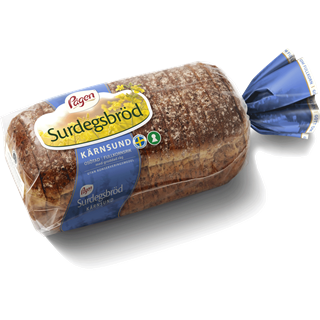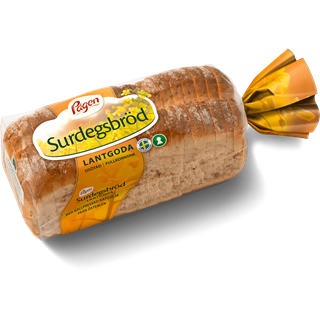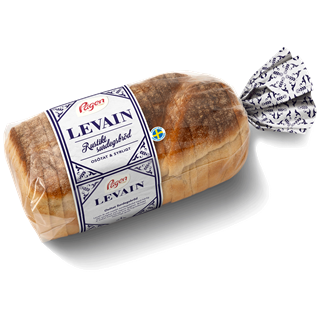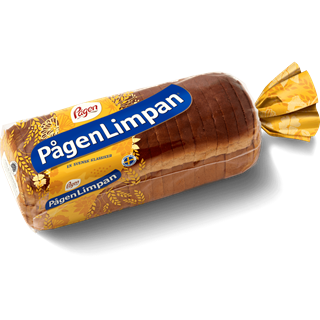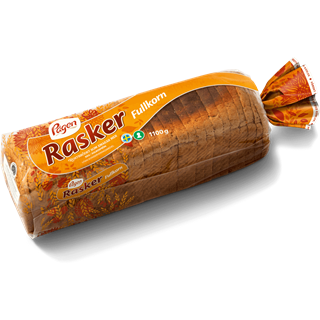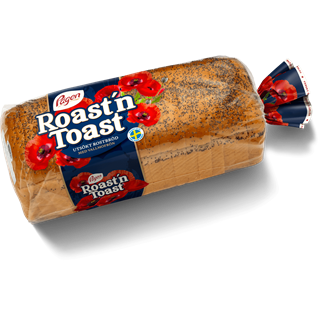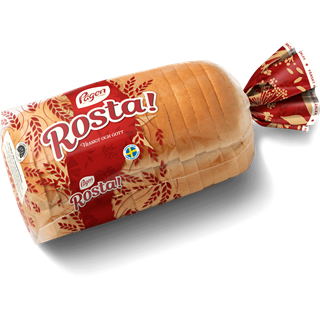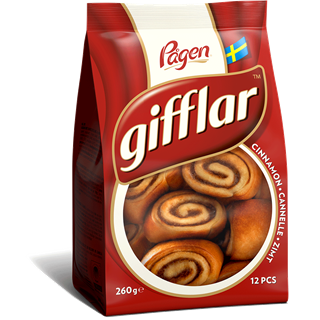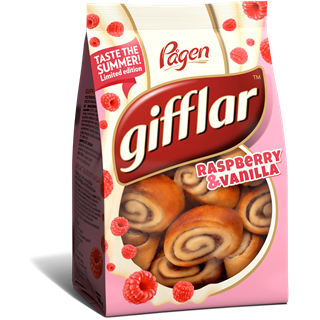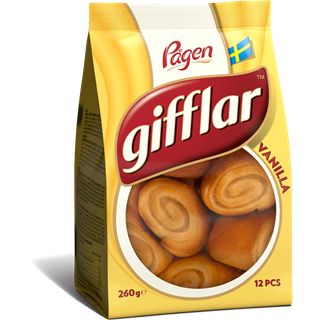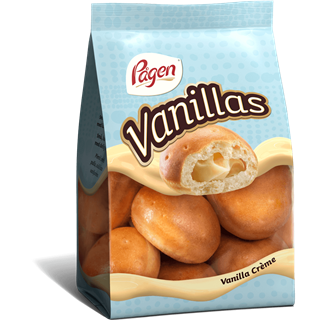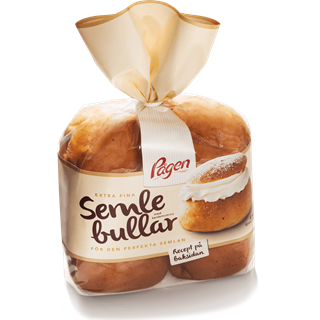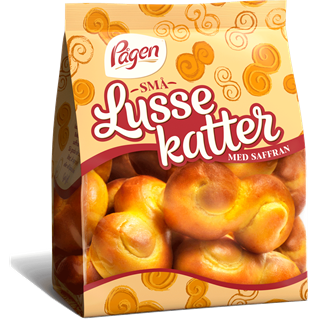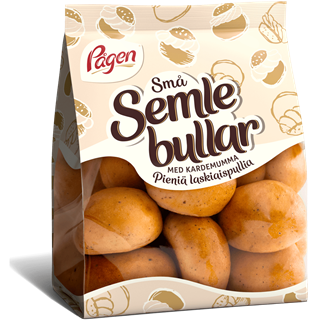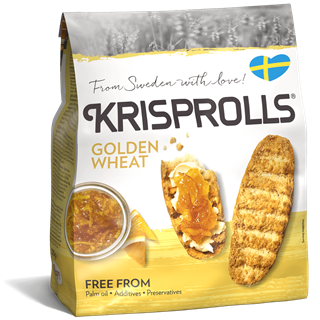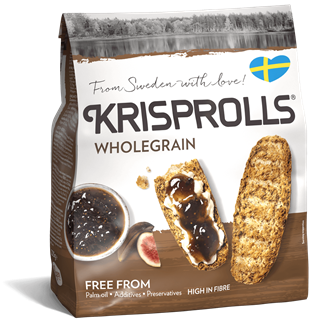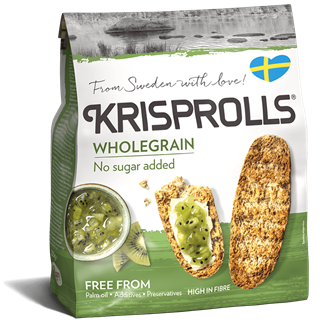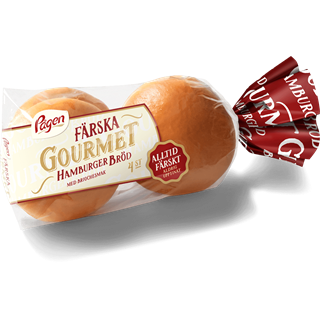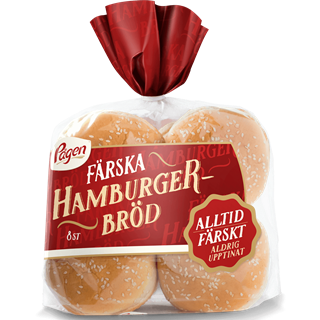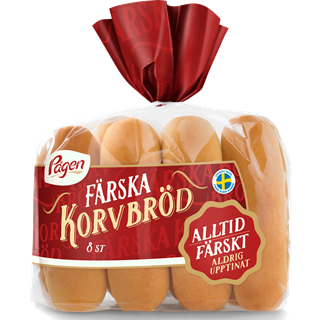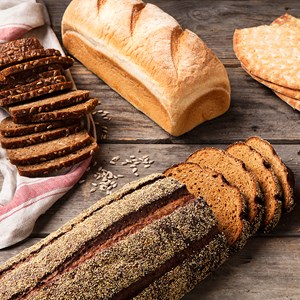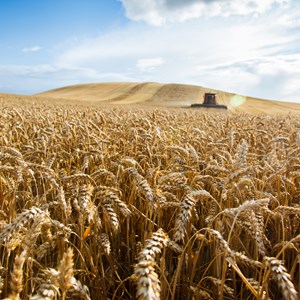How to become an expert baker
It’s the small details that make a big difference when you’re baking.
Here our bakers share their advice.
- Weigh the flour since it can be packed differently in different bags. If you don’t find weight measurements in the recipe, weigh the flour you measured so you can work out whether the consistency was what you wanted or if you need more or less flour next time.
- It is easy to use too much flour in the dough, especially at the beginning as it takes a while before flour is absorbed. A looser dough gives you juicier bread.
- Bread should often be kneaded for a long time, much longer than you think, preferably at least 10 minutes (wheat flour requires a bit longer than rye flour). Kneading causes the gluten threads to form and the dough becomes elastic and smooth. Test it by stretching a small piece of dough to check that it holds together. Knead the dough by hand, but a household appliance makes the job much easier.
- How much you process and knead the dough between rising determines the structure of the finished bread. Little or no kneading gives bread large pores, while more kneaded bread gives you a smoother, denser structure.
- Don't forget to cover the bread when it is rising. That way you keep moisture and heat in the dough. Leave the dough bowl at room temperature, preferably in a warm place, and avoid any draft.
- Cut thin strips on the top of the bread before you bake it in the oven. It looks nicer and lets the bread expand during baking.
- Bake the bread in a baking dish if you want to control rising in the oven better. It helps the bread grow taller instead of wider. And you get more even bread with equal bread slices.
- Bread baked in a dish gets a crisper crust if you put it on a grid directly when it comes out of the oven instead of letting it cool in its dish.
- Give the bread a shinier, nicer-looking surface by using steam in the oven. If you don’t have a steam oven, create a similar effect by putting a tray in the bottom while the oven heats up. When you’re ready to put the bread in, just pour a scoop of water on the hot tray.
- Temperature can vary a lot between different ovens. A good way to check if bread is ready is to use a regular meat thermometer. When bread is at 97-98 degrees, it is ready.
